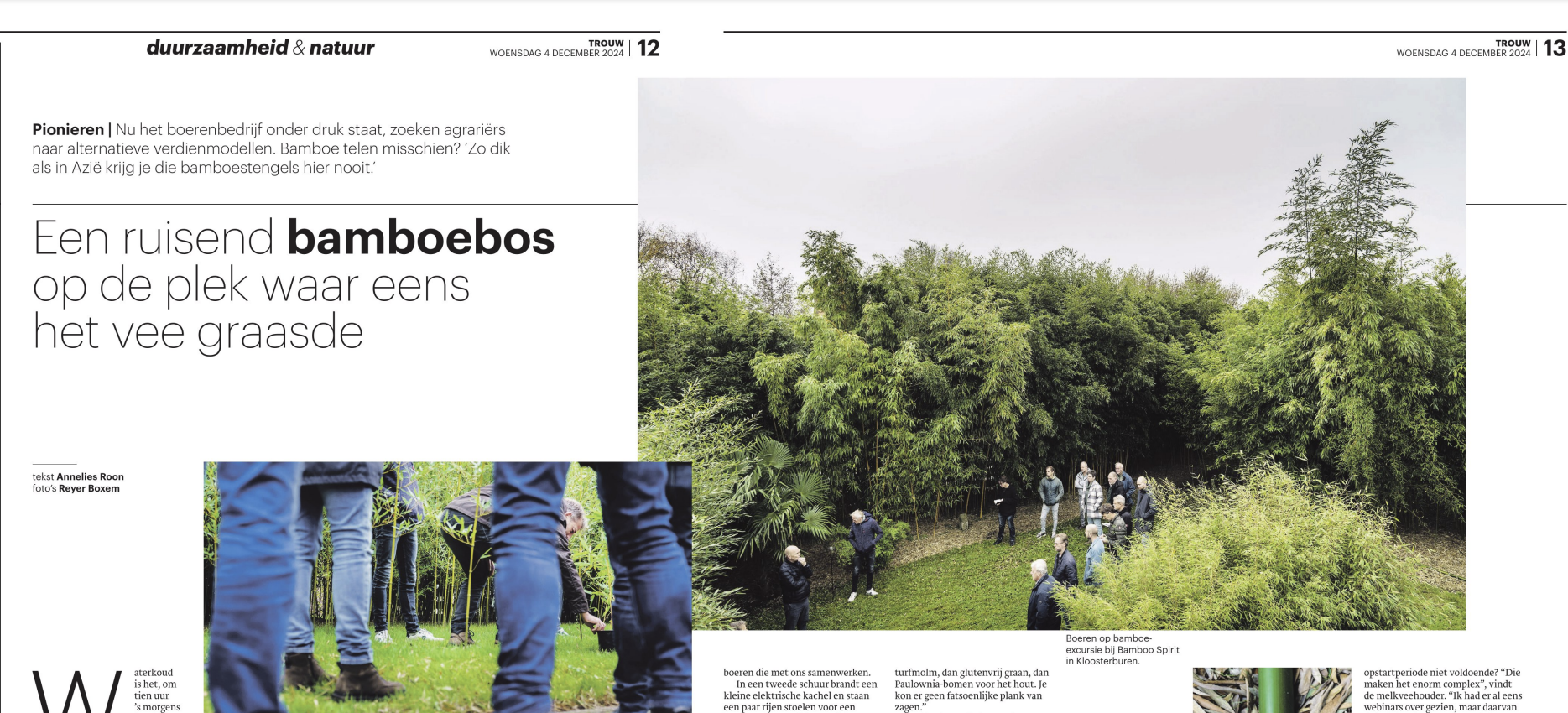Therefore we share our recently conducted biodiversity report of our five-year old Vidigueira bamboo field in southern Portugal, carried out by Mona Stöhr of the University of applied sciences in Erfurt.
Of course, it is not a haphazardly chosen topic. We get a lot of questions on this from prospective planters, governments and conservation organisations. Below we summarise some important topics in this subject matter.
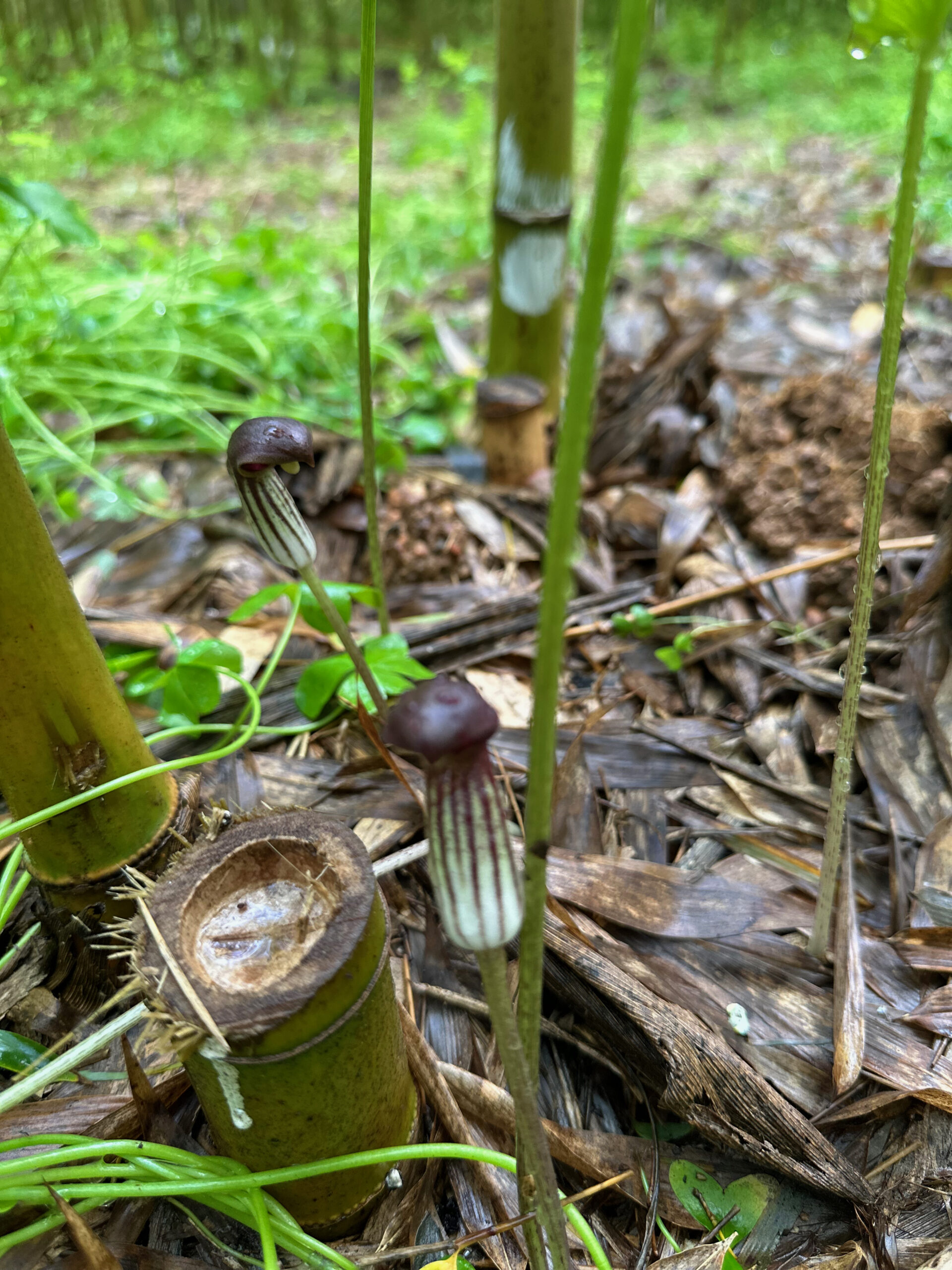
Biodiversity in an agricultural bamboo
Bamboo, a fast-growing and versatile plant, has gained significant attention in recent years as a potential agricultural crop in Europe. While there are concerns about introducing non-native species into natural European ecosystems, a careful analysis reveals that bamboo as an agricultural crop, when managed sustainably, can be a blessing rather than a threat to nature.
Minimal Invasive Potential
One of the primary concerns when introducing a non-native plant species is its potential to become invasive and disrupt local ecosystems. Unlike certain non-native plant species that can outcompete native flora, bamboo has demonstrated a low likelihood of causing such problems in Europe. It is important to stress that we are only planting bamboo as an agricultural crop, not in nature.
Bamboo growth is primarily clonal, meaning it spreads through rhizomes rather than seed dispersal. Most of the more than 1600 bamboo species exhibit limited expansion of these rhizomes, so-called clumping bamboos. Several groups are what we call running bamboos, because of the spread of the rhizomes. The bamboo root mass is relatively shallow, and the spread can be controlled relatively easily through proper management practices.
The figure below: As bamboo rhizomes expand horizontally, not grow deeper than about 60 centimeters and stop growing when encountering air or water, a simple trench is a very effective solution to keep bamboo plants within a certain area.

Managed bamboo fields: Biodiversity Enhancement & Optimized Carbon Sequestration
When managed thoughtfully, bamboo cultivation can provide additional benefits to local biodiversity. Our biodiversity report of the Vidigueira field shows that bamboo fields can serve as habitat for various wildlife species; offering shelter, food, and breeding grounds for birds, insects, and small mammals. Moreover, the presence of bamboo can enhance overall ecosystem diversity, enriching the landscape and supporting native plant species.
As a fast-growing plant, bamboo absorbs CO2 at a considerably higher rate compared to many other trees and plants, and well managed bamboo fields have a much better sequestration rate than natural bamboo forests. This property also makes bamboo an excellent alternative for carbon offset initiatives.

Soil Conservation
About 1/3 of the European arable land is threatened with erosion and degradation. Could bamboo be part of the solution?
Bamboo thrives on lower-quality soil. It has an extensive root system that helps prevent soil erosion. In regions prone to soil degradation and erosion, such as parts of Southern Europe, bamboo can play a crucial role in stabilizing the soil, reducing the risk of landslides, and improving overall land quality.
Bamboo is a year-round green plant, ideal to help lowering soil temperature. Bamboo’s fallen leaves contribute organic matter to the soil, enriching its fertility and promoting overall soil health.
Water Efficiency
Bamboo is known for its water efficiency compared to many traditional agricultural crops and certainly to heavy water consumers as cotton. Its low water requirements make it well-suited for regions with limited water resources. In Europe, where water scarcity can be a concern in certain areas, bamboo cultivation can alleviate some of the stress on local water supplies.
Reduced Chemical Inputs
Bamboo requires minimal chemical inputs, such as fertilizers, to thrive. Its natural resilience to pests and diseases makes it a pesticide-free low-maintenance crop, reducing the environmental impact associated with chemical usage in agriculture production.
Sustainable Harvesting Practices = Sustainable Resource
In Europe, where forests have been historically exploited for timber, bamboo can reduce pressure on native forests. Bamboo grows rapidly, reaching maturity in 6 to 8 years, making it an ideal renewable resource for various applications, including construction, paper production, and furniture manufacturing. Bamboo also is a sustainable alternative to steel, PVC, composites and cotton.
To ensure that bamboo cultivation remains environmentally responsible, it is crucial to implement sustainable harvesting practices. This includes selectively harvesting mature bamboo while allowing younger shoots to grow into poles. Sustainable management practices can maintain healthy bamboo populations and minimize the impact on surrounding ecosystems.
Indigenous or non-indigenous?
In Europe and North-America, thousands of non-indigenous species can be found. It is always important to investigate the impact of a non-indigenous species on the environment.
Bamboo was re-introduced to Europe somewhere in the late 17th – 19th century. There are bamboo stands in many European countries, and as far as we know – apart from a few household garden disputes – no relevant ecosystem problems have occurred with bamboo in Europe.
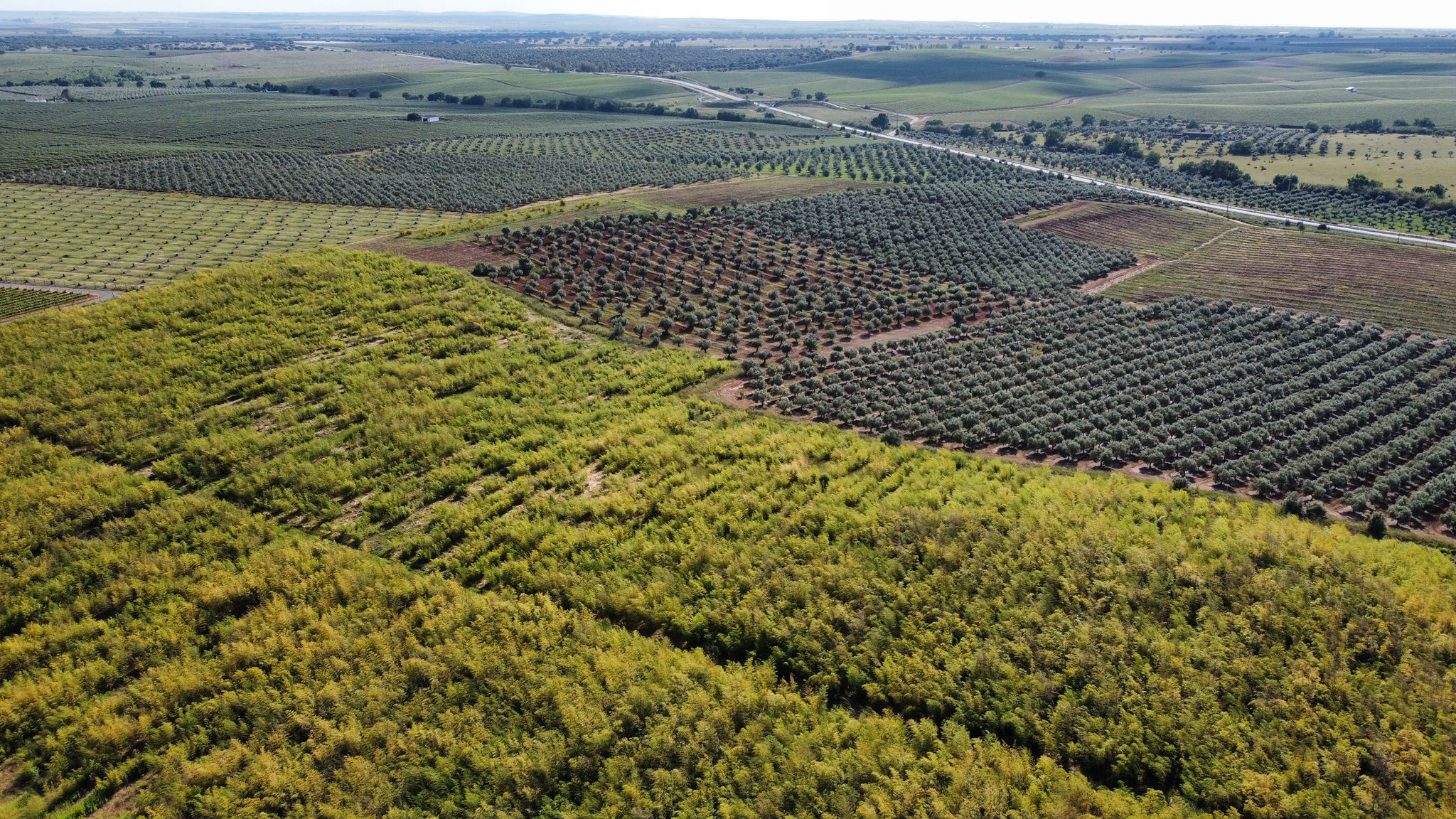
In conclusion… Why not give bamboo a chance?
As bamboo is relatively new to Europe, it is understandable and wise that people are critical. But we believe that when the topic is studied thoroughly and real live examples prove the point, bamboo will be embraced as other crops which we consider European, but which originated in other parts of the world.
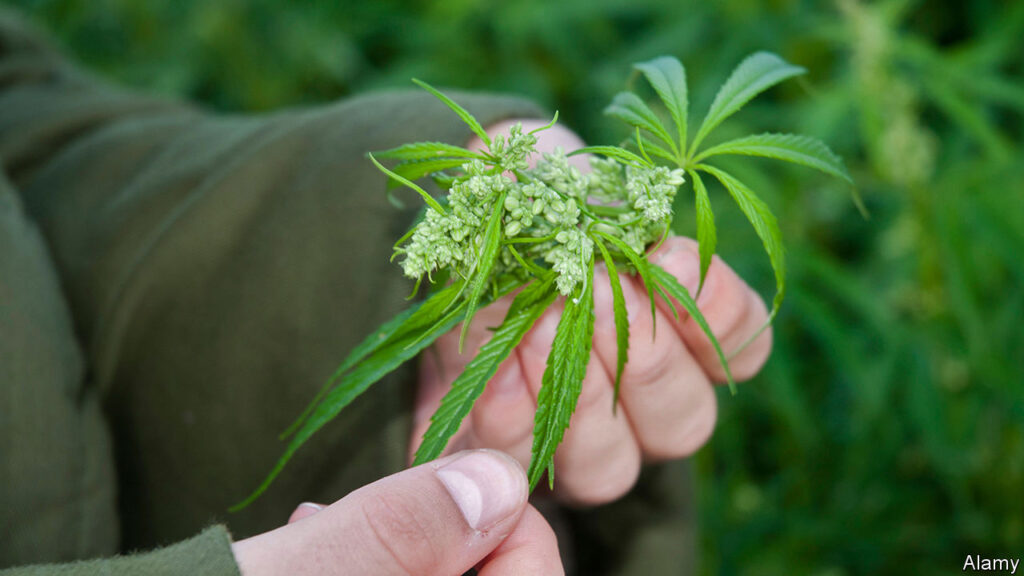

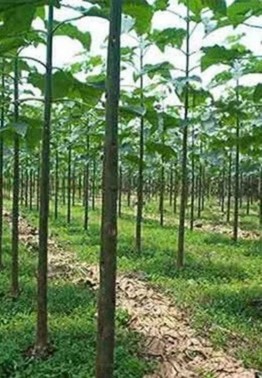
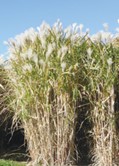

Hemp from China
Almonds from China/Central Asia
Pauwlonia trees from China
Miscanthus from Asia
Flax from medditerean areas
The introduction of bamboo as an agricultural crop in Europe offers numerous environmental benefits, including low biodiversity impact, carbon sequestration, soil health improvement, and water efficiency. By adopting responsible cultivation and management practices, Europe can harness bamboo’s potential as a sustainable and eco-friendly agricultural crop, contributing positively to both the environment and local economies.
Let’s give bamboo a chance…

